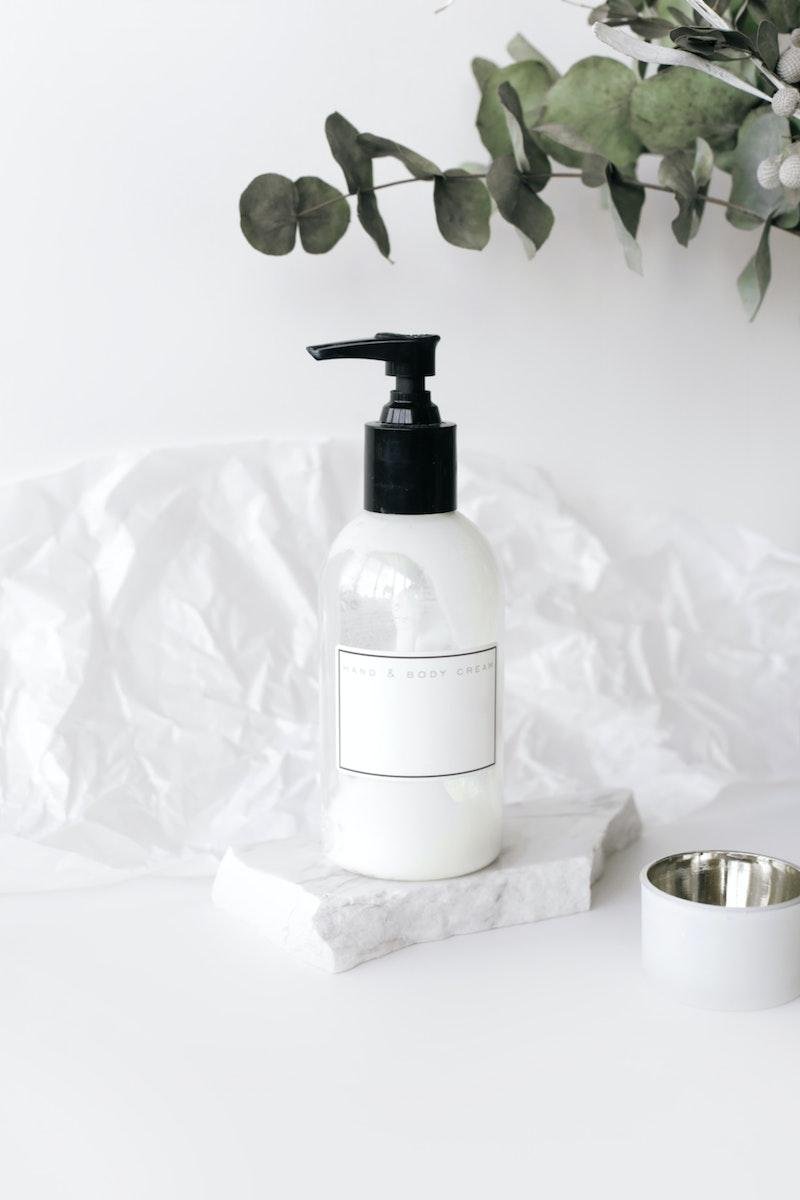Strawberry legs is a term that has recently gained TikTok popularity. It refers to the appearance of dark dots or spots on the skin, most often the legs, which resemble the seeds on the surface of a strawberry. While not dangerous, this cosmetic concern has become a topic of interest for individuals seeking smooth and flawless-looking legs. Below, we delve into the causes of strawberry skin, explore effective remedies to get rid of them, and provide you with practical solutions. With summer around the corner, we’ve here to help you discover the secret to achieving beautiful, smooth legs.
What are Strawberry Legs?
Strawberry legs, also known as strawberry skin, occur when your hair follicles or pores become clogged with dirt, dead skin, bacteria, or oil. Characterized by dark dots or spots on the skin’s surface, strawberry skin resembles the seeds on a strawberry. They are more visible on lighter skin tones and are typically seen as black or brown spots after shaving. While strawberry legs are a common cosmetic concern, they are not a medical condition or a cause for serious health concerns.
Regardless of skin type, strawberry legs can affect individuals of all backgrounds. Although they do not pose any health risks, they can lead to self-consciousness or dissatisfaction with the appearance of the legs. Fortunately, there are various remedies and solutions available to improve the appearance of strawberry skin and achieve a smoother, more radiant appearance. By understanding the nature of this cosmetic issue and adopting the right approach, you can address strawberry skin and regain confidence in the beauty of your legs.
 Causes of Strawberry Legs
Causes of Strawberry Legs
Strawberry legs occur when dirt, oil, bacteria, or ingrown hairs remain trapped in and under the skin. There are many reasons why this can happen.
The primary factors that can cause strawberry skin include:
a) Shaving or hair removal methods:
- Improper shaving techniques, such as shaving against the grain or applying excessive pressure, can lead to ingrown hairs and dark spots on the legs.
- The use of dull razors can result in rough cuts that increase the likelihood of ingrown hairs and skin irritation.
b) Keratosis pilaris:
- Keratosis pilaris is a common skin condition characterized by small, rough bumps on the skin’s surface, particularly on the thighs and upper arms.
- The presence of keratosis pilaris can contribute to the appearance of strawberry legs, as the bumps can give the skin a textured and uneven look.
c) Folliculitis:
- Bacterial or fungal infections of the hair follicles can cause inflammation and result in the formation of dark spots or dots on the legs.
- Poor hygiene, excessive sweating, or using contaminated items can increase the risk of folliculitis and contribute to the development of strawberry legs.
d) Dry skin or hyperkeratosis:
- Dry skin lacks proper moisture and can lead to the accumulation of dead skin cells on the legs.
- Dead skin cells can build up and clog pores, creating a bumpy and uneven surface that resembles the appearance of strawberry skin.
Understanding these underlying causes of strawberry legs allows for a targeted approach in addressing and preventing them. By adopting proper shaving techniques, managing conditions like keratosis pilaris, practicing good hygiene, and keeping the skin moisturized, you can minimize the occurrence of strawberry legs and achieve smoother, healthier-looking legs.
How to Prevent and Get Rid of Strawberry Legs
Strawberry skin, while no cause for concern, can make it difficult to want to wear shorts or dresses that expose your legs. While you might be tempted to squeeze them out with your fingernails, this can cause deeper irritation, infection, and scarring. However, there are a number of ways you can prevent their appearance, and get rid of them should they appear.
In addition to proper hygiene, you can prevent and reduce the appearance of strawberry legs through:
Exfoliation: Regular exfoliation is key to removing dead skin cells and unclogging pores. Consider the following methods:
- Physical exfoliation: Use a body scrub (such as our sugar scrub or coffee & coconut scrub) or an exfoliating glove to gently scrub the legs in circular motions.
- Chemical exfoliants: Incorporate products containing Alpha Hydroxy Acids such as glycolic or lactic acid, which help to exfoliate the skin and improve its texture. As a bonus, chemical exfoliants kill bacteria that can otherwise cause strawberry legs.
Hydration & Moisture: Moisturizing the skin is crucial to prevent dryness and hyperkeratosis. Try the following moisturizing techniques:
- Use a moisturizer specifically formulated for the body, preferably containing ingredients like hyaluronic acid or ceramides.
- Natural remedies such as coconut oil or shea butter can also nourish and hydrate the skin. Apply them after bathing while the skin is still damp to lock in moisture.
Hair removal alternatives: Consider alternative methods of hair removal to reduce the appearance of strawberry legs:
- Waxing: This method removes hair from the root, minimizing the likelihood of ingrown hairs and dark spots.
- Laser hair removal: This long-term hair reduction method can provide a more permanent solution to strawberry legs.
- Epilating: Using an epilator can help remove hair from the root. This reduces the frequency of hair removal and the risk of strawberry legs.
Proper shaving techniques: Minimize the risk of ingrown hairs and dark spots by following these tips:
- Use a sharp razor to ensure a clean cut and prevent the hair from being trapped beneath the skin’s surface.
- Apply a moisturizing shaving cream or gel to create a smooth surface and reduce friction.
- Shave in the direction of hair growth to prevent irritation and ingrown hairs.
Medical treatments: In severe cases, professional treatments for strawberry skin can be sought under the guidance of a dermatologist. These may include:
- Chemical peels: These medical-grade treatments can help exfoliate the skin and improve its appearance.
- Microdermabrasion: This procedure involves gently removing the outer layer of skin, promoting smoother and more even skin texture.
- Prescription creams: Dermatologists may prescribe creams containing ingredients like retinoids or hydroquinone to address stubborn dark spots.
Remember, everyone’s skin is unique, so it’s essential to find the right combination of solutions that work for you. Consult with a dermatologist for personalized advice and guidance on managing strawberry legs effectively.






